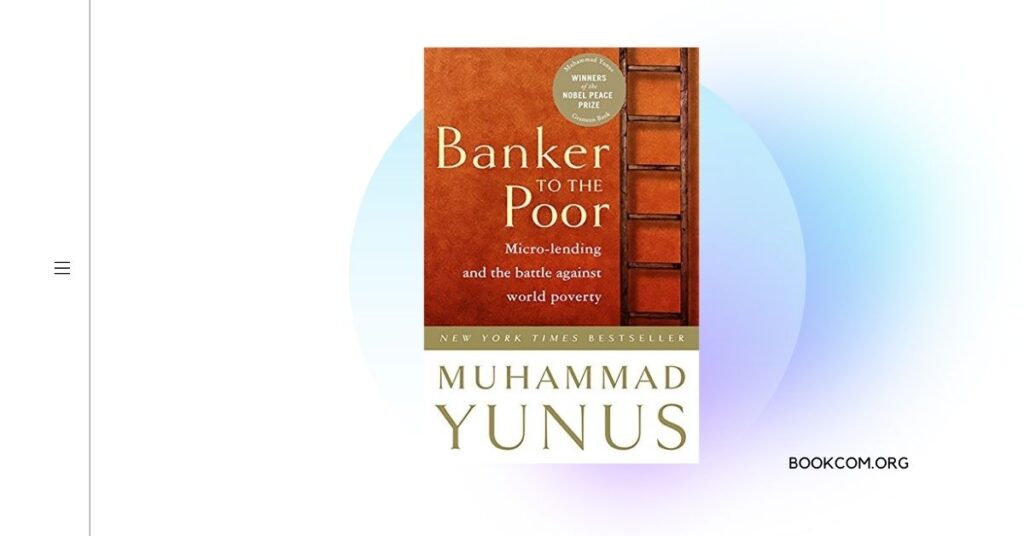Social entrepreneurship is a powerful force driving positive change across the globe. Muhammad Yunus, in his book ‘Banker to the Poor,’ shares valuable insights into the world of social entrepreneurship and presents inspiring models that are reshaping the way companies are built and new products are launched. By learning from these models, individuals and organizations can gain valuable insights, practical tips, and unique perspectives to engage readers and establish authority in the field of social entrepreneurship. In this article, we will explore five key lessons inspired by ‘Banker to the Poor’ that highlight innovative social entrepreneurship models.
Lesson 1: Microfinance and Poverty Alleviation
Microfinance is a pioneering social entrepreneurship model that provides financial services to individuals who lack access to traditional banking systems. ‘Banker to the Poor’ showcases the transformative impact of microfinance in alleviating poverty and empowering individuals to start their businesses. By extending small loans to aspiring entrepreneurs, microfinance institutions enable economic self-sufficiency and foster sustainable development.
Practical Tip: Support or collaborate with microfinance institutions to provide financial resources and mentorship to aspiring entrepreneurs in underserved communities. Consider investing in microfinance initiatives or explore partnerships to amplify the impact of your organization’s social initiatives.
Lesson 2: Social Business and Sustainable Solutions
Social businesses are innovative enterprises designed to address social or environmental challenges while ensuring financial sustainability. ‘Banker to the Poor’ highlights the concept of social business as a powerful model for driving positive change. By leveraging market forces and sustainable business practices, social businesses create solutions that have a lasting impact on communities and the environment.
Practical Tip: Consider integrating social impact into your business model. Explore opportunities to develop products or services that tackle pressing social or environmental issues. Collaborate with like-minded organizations and investors to build sustainable social businesses that create shared value.
Lesson 3: Education and Skill Development
Education and skill development play a pivotal role in social entrepreneurship. ‘Banker to the Poor’ emphasizes the importance of providing access to quality education and skill-building opportunities, especially in underserved communities. By equipping individuals with the necessary knowledge and skills, social entrepreneurs can empower them to break the cycle of poverty and create a better future.
Practical Tip: Explore partnerships with educational institutions or non-profit organizations to provide scholarships, vocational training programs, or mentorship opportunities. Consider offering skill-building workshops or initiatives within your organization to support the development of underserved communities.
Lesson 4: Healthcare and Well-being
Access to quality healthcare and well-being services is a fundamental right, yet many communities lack adequate resources. ‘Banker to the Poor’ highlights the importance of social entrepreneurship in addressing healthcare challenges and promoting well-being. By developing innovative healthcare models and initiatives, social entrepreneurs can improve the lives of underserved populations and drive systemic change.
Practical Tip: Identify healthcare gaps in your community or target audience and explore opportunities to address them. Collaborate with healthcare professionals, non-profit organizations, or technology providers to develop innovative solutions that improve healthcare access and affordability.
Lesson 5: Environmental Sustainability and Conservation
Environmental sustainability is a pressing global concern, and social entrepreneurship plays a crucial role in driving sustainable solutions. ‘Banker to the Poor’ sheds light on social entrepreneurs who are tackling environmental challenges through innovative initiatives such as renewable energy, waste management, and conservation efforts. By combining entrepreneurship with environmental consciousness, these models demonstrate the power of social entrepreneurship in creating a greener and more sustainable future.
Practical Tip: Integrate sustainability practices into your organization’s operations and supply chain. Explore ways to reduce your environmental footprint and promote conservation. Support or invest in social enterprises focused on environmental sustainability to drive positive change.



